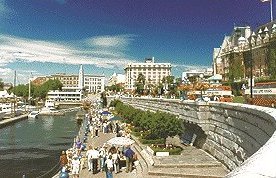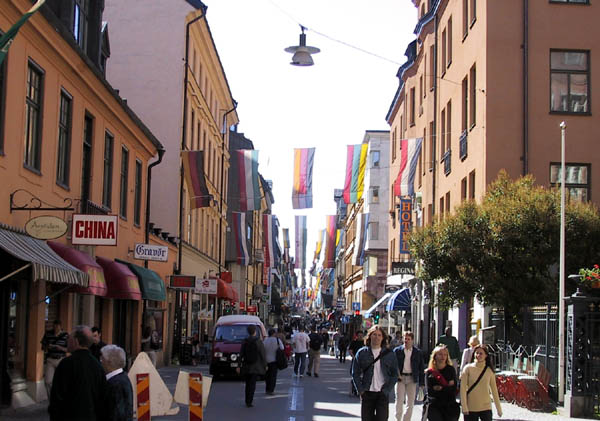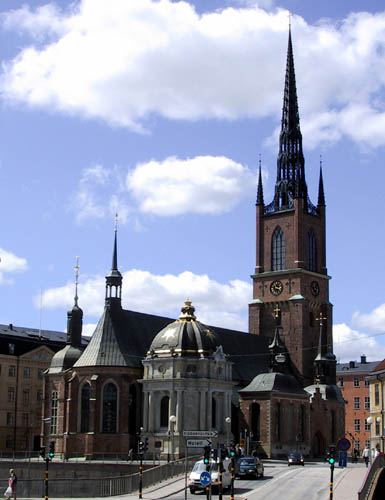TheDuckOfFlanders
the fish collecter
This is a thread where you can talk about the city you live in.Surely ,a lot of us live's in very different city's ,with big cultural difference's between them.Some of us live in a metropolis ,other's live in a inland small town.
So here goes mine:
my homecity: Ypres (Ieper) ; 25.000 souls
General look: Very dominant medieval looking city ,Surrounded Nice looking old city wall's (in a star motive) surrouded by water.Build along a small river with lot's of short bridge's through the city.A big Medieval looking central marketplace.A lot of little park's,fountain's and monument's.
History: Ypres glory period was during the medieval time around 1100-1200 when flanders as region was a very wealthy and important region.Hence a lot of nice medieval landmark's through the city ,which remind's us f the vibrent cloth industry the city had.the city was home to a lot of rich merchant's ,who traveled with their ship's over the Yser river through the little canal's in the city right to the center Marketplace ,where a big "halle" was build ,a medieval trading center.The merchant's build their house's at the center of the city ,at the side's of the big marketplace and along the major road's.The city had at time about 40.000 inhabitant's ,wich was pretty large for that time.With the conflict of the 100 years war ,and the arrival of the plague trough through that war flander's Ypres went in decile.through world war I Ypres became important again ,this time though as for it's strategical importance as excelent fortified city along the front line.For four year's long heavy artillery pounded the city and destroyed practicly everything that once had been builded.it was become the theatre in a brutal onslaught that had it's result in thousand's of Brittish ,Canadian and Belgian casualty's.After tye war ,it's citizin rebuilded the city in it's former medieval glory as a almost exact copy ,mostly with the original building material's.
economicly:Ypres is a vibrent city ,wich has a small medium ammount of non-poluting industry ,and no polluting industry.the city mainly live's on a large ammount of tourism ,among wich a lot of day visitor's and a large ammount of english war tourists who vist the war monument's in and around the city.
Socioligicly: Ypres is a pretty small city ,a lot of the citizin have a limited view of the world.The older population is small and very catholic ,the younger people are more educated most of the time's and a lot of them work in one of he It company's present in the city or in the tourism sector.The town has a good amount of leisure infrastructure and free-time accomendation's.This attract's a lot of people form wealthier classes who buy up old houses and rennovate them.the poppulance is very law abiding and criminality is very low.
Quite a bit of text ,well ,i'm pretty proud to live in such a nice city.
So here goes mine:
my homecity: Ypres (Ieper) ; 25.000 souls
General look: Very dominant medieval looking city ,Surrounded Nice looking old city wall's (in a star motive) surrouded by water.Build along a small river with lot's of short bridge's through the city.A big Medieval looking central marketplace.A lot of little park's,fountain's and monument's.
History: Ypres glory period was during the medieval time around 1100-1200 when flanders as region was a very wealthy and important region.Hence a lot of nice medieval landmark's through the city ,which remind's us f the vibrent cloth industry the city had.the city was home to a lot of rich merchant's ,who traveled with their ship's over the Yser river through the little canal's in the city right to the center Marketplace ,where a big "halle" was build ,a medieval trading center.The merchant's build their house's at the center of the city ,at the side's of the big marketplace and along the major road's.The city had at time about 40.000 inhabitant's ,wich was pretty large for that time.With the conflict of the 100 years war ,and the arrival of the plague trough through that war flander's Ypres went in decile.through world war I Ypres became important again ,this time though as for it's strategical importance as excelent fortified city along the front line.For four year's long heavy artillery pounded the city and destroyed practicly everything that once had been builded.it was become the theatre in a brutal onslaught that had it's result in thousand's of Brittish ,Canadian and Belgian casualty's.After tye war ,it's citizin rebuilded the city in it's former medieval glory as a almost exact copy ,mostly with the original building material's.
economicly:Ypres is a vibrent city ,wich has a small medium ammount of non-poluting industry ,and no polluting industry.the city mainly live's on a large ammount of tourism ,among wich a lot of day visitor's and a large ammount of english war tourists who vist the war monument's in and around the city.
Socioligicly: Ypres is a pretty small city ,a lot of the citizin have a limited view of the world.The older population is small and very catholic ,the younger people are more educated most of the time's and a lot of them work in one of he It company's present in the city or in the tourism sector.The town has a good amount of leisure infrastructure and free-time accomendation's.This attract's a lot of people form wealthier classes who buy up old houses and rennovate them.the poppulance is very law abiding and criminality is very low.
Quite a bit of text ,well ,i'm pretty proud to live in such a nice city.

 ).
). . Not much though
. Not much though  .
.











